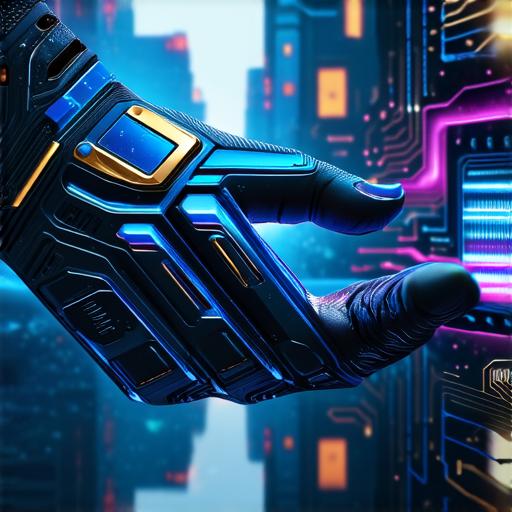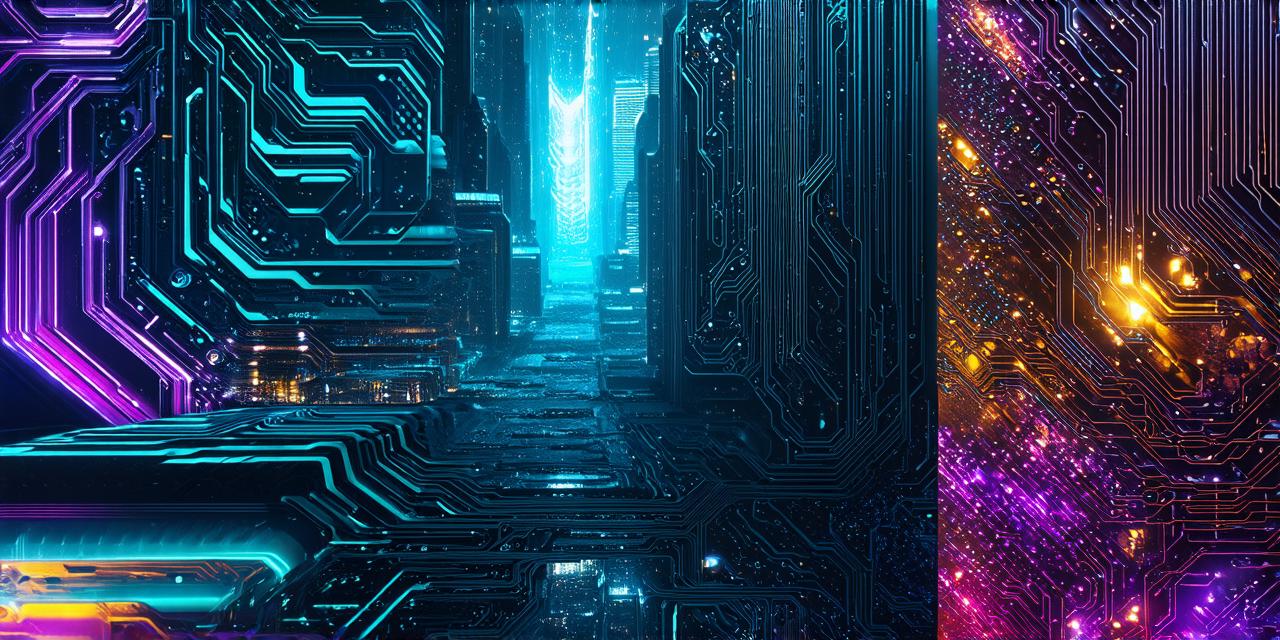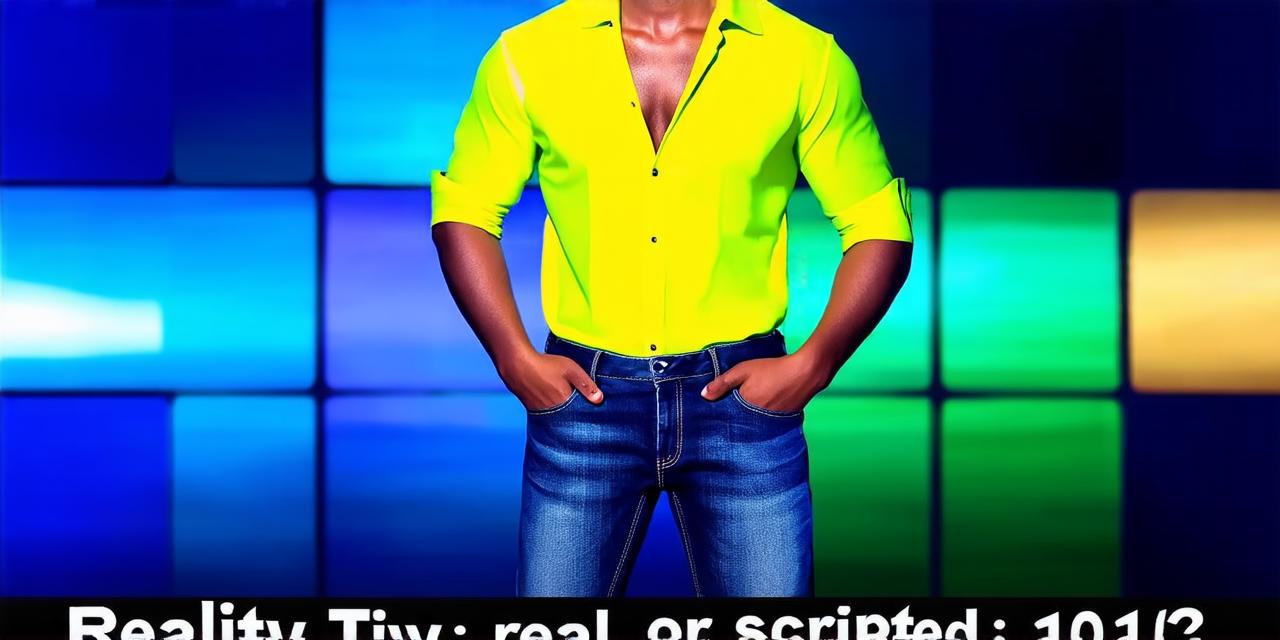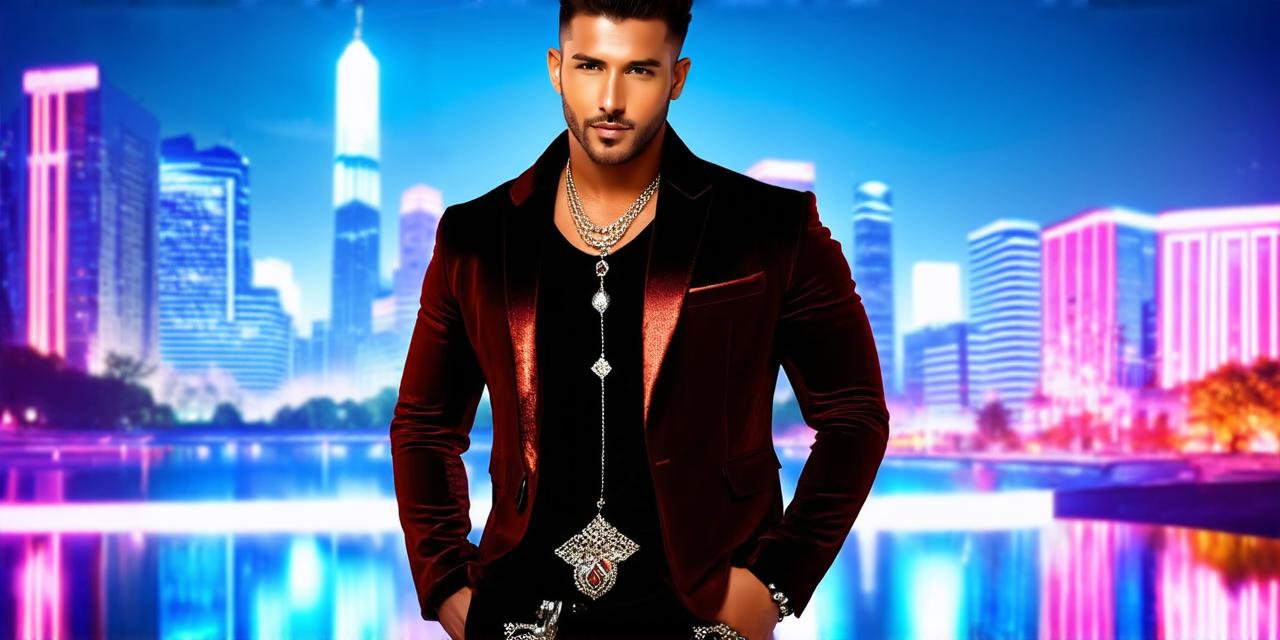<!DOCTYPE html>
Definition of Mixed Reality
Mixed reality is a technology that blends real-world and virtual environments to create new experiences. It enables users to interact with digital content in real-time while still being able to see the physical world around them. MR can be experienced through various devices, including smartphones, tablets, headsets, and even glasses.
One of the key features of MR is its ability to overlay virtual objects onto the real world. This allows users to interact with digital content in a more natural and intuitive way, as they can see and touch both the physical and virtual elements.
Uses of Mixed Reality
Mixed reality has many potential uses across various industries. Here are some examples:
1. Gaming and entertainment
MR technology has already been used to create immersive gaming experiences, such as the popular game “Pokemon Go.” MR can also be used to create interactive experiences in museums, art galleries, and other cultural institutions.
2. Education and training
Mixed reality has the potential to revolutionize education and training by creating more engaging and interactive learning experiences. For example, MR can be used to create virtual labs that allow students to conduct experiments and learn about scientific concepts in a safe and controlled environment.
3. Healthcare and medicine
MR technology has many potential uses in healthcare and medicine, such as enabling doctors to perform surgeries with more precision and accuracy. MR can also be used to create virtual models of the human body, allowing medical professionals to better understand complex anatomical structures.
4. Real estate and architecture
MR technology has the potential to revolutionize the real estate and architecture industries by enabling users to visualize and explore designs in a more realistic way. For example, architects can use MR to create virtual models of buildings and allow clients to experience them before they are built.
5. Manufacturing and engineering
MR technology has many potential uses in manufacturing and engineering, such as allowing engineers to visualize and test designs before they are built. MR can also be used to create virtual prototypes that can be tested and refined in real-time.
Case Studies of Mixed Reality in Action
1. Audi’s MR experience
Audi created an immersive MR experience at their headquarters in Ingolstadt, Germany. The experience allowed visitors to customize and test drive virtual cars in a realistic environment. This experience was a huge success and received positive feedback from attendees.
2. NASA’s MR training
NASA has been using MR technology for military and emergency response training. The technology allows trainees to practice responding to various scenarios in a safe and controlled environment. This technology has helped improve the effectiveness of these training programs and prepared trainees for real-world situations.
3. GE’s MR design process
GE used MR technology to create a virtual lab that allowed engineers to test and refine designs for new products. The technology enabled engineers to see how their designs would perform in real-time, ultimately leading to more efficient and effective production processes.
Comparing Mixed Reality to Virtual Reality
Mixed reality and virtual reality (VR) are often used interchangeably, but they are actually distinct technologies. While both MR and VR create immersive experiences, the key difference is that MR blends real-world and virtual environments, while VR creates a completely artificial environment.
MR has several advantages over VR, such as its ability to overlay virtual objects onto the real world, making it easier for users to interact with digital content in a more natural way. Additionally, MR technology can be used on a wider range of devices, such as smartphones and tablets, making it more accessible to a larger audience.
Conclusion
Mixed reality is an emerging technology that has the potential to revolutionize many industries. From gaming and entertainment to education and healthcare, MR technology can create new ways of interacting with digital content and improve the effectiveness of various processes. As the technology continues to evolve, we can expect to see even more exciting and innovative uses for MR in the future.
FAQs
1. What is the difference between mixed reality and virtual reality?
Mixed reality blends real-world and virtual environments, while virtual reality creates a completely artificial environment.
2. How does mixed reality work?
Mixed reality technology uses various sensors and cameras to track the user’s movements and overlay digital content onto the real world.
3. What industries can use mixed reality technology?
Mixed reality has potential uses across many industries, including gaming and entertainment, education and training, healthcare and medicine, real estate and architecture, manufacturing and engineering, and more.




